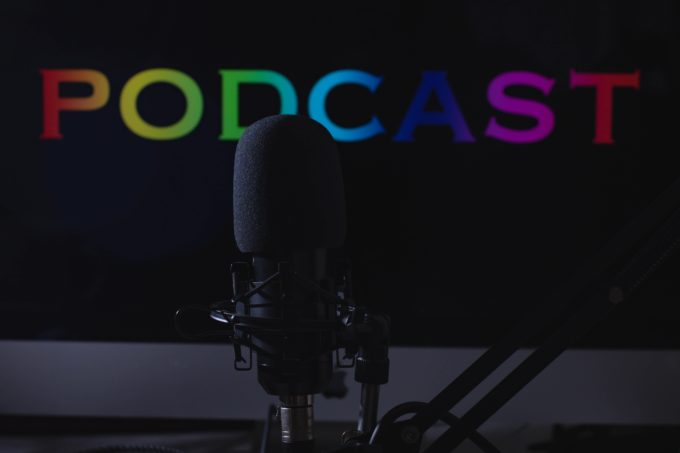Digital employer branding: How to build a digital employer brand

Finding good employees is becoming increasingly difficult. This makes it all the more important for the employer brand to have a solid, attractive online presence. This not only helps to attract new talent, but also to retain existing employees. In the podcast “Kosmosfunk” by Alfred Zedelmaier, our Vice President Digital Strategy Stefanie Soehnchen explains what a digital employer brand needs.
Click here for the Komosfunk podcast, on the topic of “Digital Employer Branding”.
For those who would rather read than listen, here is the written overview:
Digital employer branding is a part of the digital communications strategy that often gets short shrift. The reason: In many cases, it is not the direct responsibility of communicators or marketers, but is managed by human resource managers.
Employer branding means creating an attractive employer brand – both for new talent and for existing employees. The former should feel attracted to the employer and develop an interest in the job, while the latter should want to keep the job for as long as possible.
Traditionally, such branding has been done at trade shows or through employee retention programs.
However, there is now an entire ecosystem on the Internet. This helps companies to positively influence and shape their employer branding.
Since the relevant area often lies with human resources, an expansion of skills is needed here.
Expanded job profiles for HR employees
This can mean creating new responsibilities – there is a very large potential for attracting new talent as well as retaining existing forces.
Employer branding should not be underestimated, especially with regard to existing employees.
The corporate culture must also be attractive to them. An “everyone is replaceable” mentality can seriously jeopardize business.
The job market has become an employee market – which means that talented people can now choose where they want to go.
That’s why employee retention is also very important via digital channels. In the future, it will become even more relevant.
New ways of thinking required
First of all, the potential and opportunities of digital employer branding must be recognized.
Companies are often skeptical – mostly for supposed reasons such as “social media is only suitable for the younger ones” or “social media does not have the same value as a trade magazine”.
The potential and significance of the platforms in this specific context are still not apparent to many.
Another challenge is the change in the scope or job profile of talent managers.
Today, a new skillset is required. This is also accompanied by a new responsibility. It means that from now on, the people concerned represent the company personally with their own face to the outside world.
Data basis and measurability open up new possibilities
For digital employer branding, the new, data-based management is also a challenge.
Whereas previously attempts were made to gain the necessary insights with the help of trade fairs, scholarships and junior staff development programs, today a great deal of meaningful data is available on the Internet.
This makes it much easier to see whether the relevant target group could be reached – and how one’s own appeal was received there. In case of doubt, the number of incoming applications is the yardstick here.
This performance- and data-oriented work intimidates many, as their commitment suddenly becomes comparable and measurable – including the risk that previous activities have yielded too little and must be changed.
Where many see a danger, on the other hand, there is also a lot of untapped potential – like many other things in the digital space, it simply needs to be tried.
Digital employer branding may hold risks and challenges – but those who don’t take advantage of it are missing out on many opportunities and could be considered out of touch with the times.
Social media vs. website – what role do they play in acquiring candidates?
Both social media and the corporate website play a crucial role in talent acquisition – but in very different ways.
Applicants often check out the website first because that’s where job listings are posted most often.
The website is therefore a kind of gateway. Once applicants find an offer they like, they continue to click through in search of background information.
In the process, they often find references to both the company’s social media pages and the private profiles of experts.
Applicants want to know how the people they might work with in the future think. They want to know how their future colleagues present themselves, what interests them and what they post.
It is therefore particularly important to make it clear to all employees that they are also acting as a figurehead for the company on social media channels at all times.
Some kind of sensitization, coaching or guide on how you want to be perceived as an employer brand can be helpful or even decisive in this respect.
For business-relevant communication content like this, why not sign up for our newsletter “FleishmanHillard Quarterly”, follow FleishmanHillard Germany on LinkedIn or Twitter, get to know our team on Instagram or visit our YouTube channel.
Find Out More
-
Why we tell the truth
May 23, 2022


